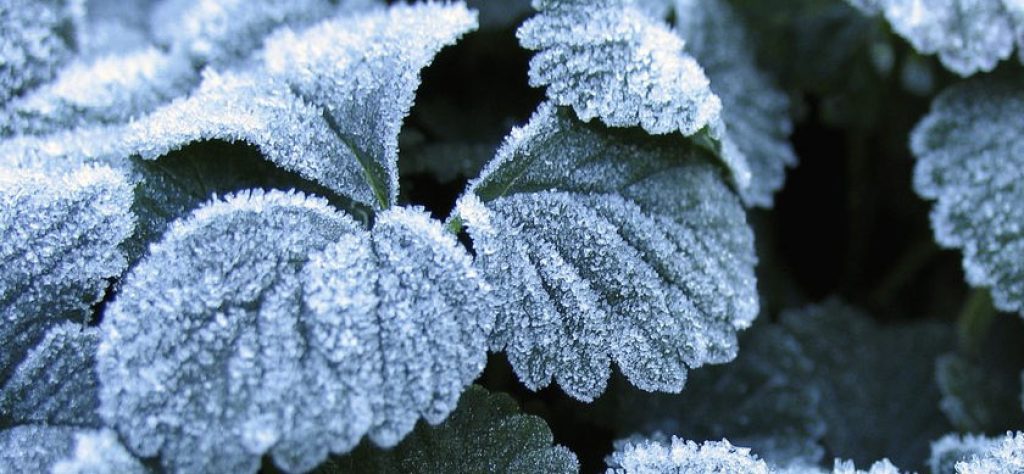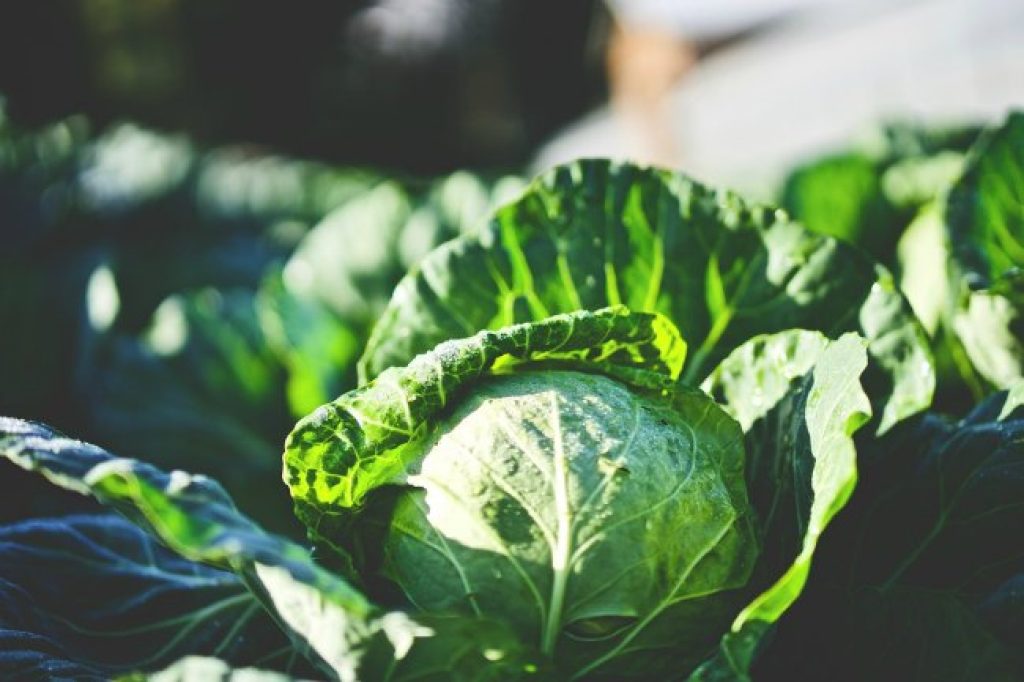



In January, the garden seems to lie in absolute peace. However, amateur gardeners and garden lovers can already expect varied gardening work, which prepares the domestic nature for the following season. In addition to garden planning and decluttering, the first vegetable plants can already be pulled forward and cold seedlings sown. We have summarized the most important gardening tips for January.
Clear out the garden and create space
As a quiet garden month, January is ideal for cleaning up and decluttering the garden. Defective paving slabs, broken flower pots and tubs can be disposed of along with fallen branches and scrap wood. In the tool shed, non-functioning cordless appliances are on the agenda, which you can clean out along with dull shears and rusted tools.
Tidying up will create new space and give you an overview of your resources. Plants, planters, seeds, gardening tools and other materials can be better assessed. This way you can see exactly what you still need for the new gardening season and what is already available. This way, you can avoid unnecessary purchases and feel free to enjoy your decluttered garden.
However, don’t make your garden too tidy and leave piles of leaves or overturned piles of wood until spring. These provide beneficial insects with vital hiding places and help ladybugs and co. overwinter. When the temperatures rise and the helpful insects emerge from their winter dwellings, you can continue cleaning up.
Protect against frost and snow load
If January holds large amounts of snow, you should mitigate snow loads on roofs. In particular, unheated greenhouses with a low roof pitch provide a great surface for snow masses. To prevent roof panels from breaking through, clear the roof of garden sheds regularly with a snowplow or large broom.
In addition to garden sheds and greenhouses, plants also welcome relief from excessive snow. If the snow load on twigs, thin branches or perennials becomes too great, they can break or bend. To prevent damage, large amounts of snow can be removed here as well.
You can then spread the removed snow on your beds or around the root zone of shrubs and woody plants. The snow cover forms a warming layer and thus provides protection against heavy frost, which can cause considerable damage to roots in particular. In the orchard, berry bushes, pears, quinces, apricots, peaches and strawberries are particularly affected.
Protect plants from frost damage

If January turns out to be cold but virtually snow-free, you can protect your garden plants from frost damage by adding a layer of mulch. Bark mulch, mixed leaves, straw chaff or shredded material are suitable materials that are best applied to the already frozen ground. This approach prevents mice from settling under the materials. At the same time, you will keep the soil cold longer in the spring, preventing fruit bushes and ornamental shrubs from blooming too early, which is prone to frost.
If tree trunks are exposed to large temperature fluctuations, frost cracks may form. To protect fruit trees in particular, a special tree coating called lime coating is recommended. This prevents the bark from cracking and thus prevents pests and pathogens from taking hold. The painting should be done every year in the fall, but if the lime comes off quickly, it is recommended to repaint the tree in January.
Plan your garden in January
While the garden beds in the kitchen garden lie quietly there, the time at the beginning of the year can be used optimally for garden planning. Determine which plants you want to cultivate in which bed and consider both crop rotation and mutually compatible bed neighbors in your planning.
You can record all important dates such as bed preparation, sowing, planting and fertilizing in a garden calendar. This provides you with a practical overview of all the gardening work that is due to be done. With the right planning, you can then start the new garden season well prepared and get the most out of your kitchen garden.
Prepare sowings already in January
The temperatures and weather conditions in January do not necessarily make garden lovers think about sowing seeds. However, growing new plants is definitely one of the gardening activities that lends itself to the beginning of the year. You can sow the first vegetable plants on a warm windowsill. Hardy varieties can be grown in a cold frame or greenhouse.
Eggplant, broccoli, chili, kohlrabi, cress or sprouted vegetables feel at home on the windowsill. But peppers, physalis, leeks or lettuce also thrive in warm temperatures. In the greenhouse, on the other hand, lamb’s lettuce, garden cress, radishes, winter cress and winter purslane as well as white cabbage can be grown in advance. Spinach and radishes will enrich your cold frame, while you can even sow wild garlic and woodruff already in the bed.
If you would also like to advance the design of your ornamental garden, you can enrich it with cold seedlings such as cyclamen, Christmas rose, monkshood, cornflower or cowslip. If you missed planting bulb flowers in the fall, you can even make up for it in January. Although the bulbous plants prefer autumn planting, but the early bloomers grow even at the beginning of the year in a frost-free soil.
Harvest seasonal vegetables

In addition to sowing your first vegetable and ornamental seeds, the first month of the year is for harvesting seasonal vegetables. If you made provisions last summer and fall, chicory, lamb’s lettuce, kale and parsnips are now waiting to be utilized. In addition, Brussels sprouts, salsify, turnips and savoy cabbage can be harvested.
A frost-free day is recommended for harvesting. In particular, vegetable plants that you do not harvest completely, but only partially, quickly suffer frost damage at low temperatures. So if you only want to utilize the leaves of a plant, avoid the rest of the plant from dying on a frost-free day.
Gardening in the orchard
It is not only in the kitchen garden and ornamental garden that gardening work is due in January: The orchard also enjoys winter care. For example, if you planted strawberries in late summer, frost will push the root ball up. As you carefully push this back into the ground, you can simultaneously remove dead and diseased leaves from the plants.
If you are planning to graft your fruit trees, January is also a good time for this work. Winter grafting can be done on both bare-root and potted trees. Until the middle of the month, you can also obtain scions of pome fruit on frost-free days. If you wish, you can also propagate gooseberries and currants. To do this, cut an annual cane to a length of between 20 and 30 centimeters and then put it in a flower pot with sandy soil.
Support animal garden visitors
While beneficial insects and beneficial insects such as hedgehogs hibernate for the winter, birds remain active. As a result, they rely on a continuous, adequate food supply during the cold winter months. If berry-bearing shrubs and hedges adorn your garden, feathered garden visitors will find a plentiful supply of food.
Alternatively, you can set up feeders and help birds along by putting out high-fat, varied feed. Scattered feed with different feed components supplements the diet of the animals and helps both grain eaters and soft food eaters through the cold winter months. By also providing frost-free ponds, water features or watering troughs, you can offer the birds bathing and drinking opportunities.








